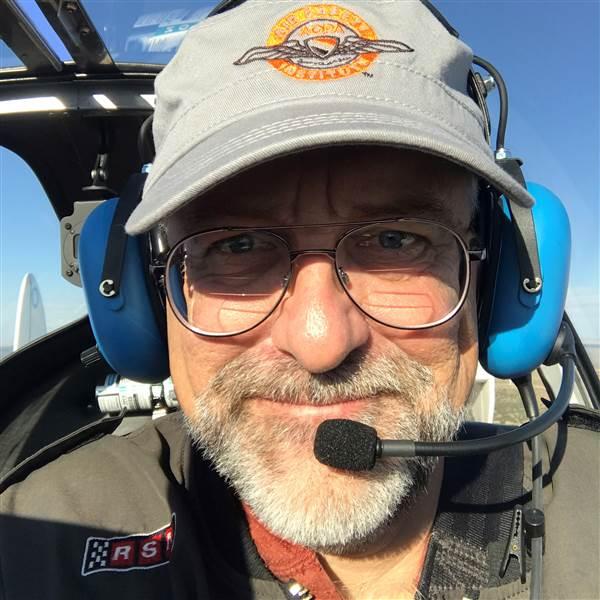Training and Safety Tip: The missing checklist item
Collision avoidance isn’t on your prelanding checklist. But it should be. Because there are inconsiderate pilots out there. Pilots who fly the traffic pattern backward. Pilots who fly 15 mile finals in 65-horsepower airplanes. Pilots who disdain radio and rules.
Oh. Right. And then there are perfectly lovely and considerate pilots who just get confused. Pilots who fly the pattern at the wrong altitude. Pilots who broadcast on the wrong frequency at nontowered fields. Pilots who mistake your airplane for the other white Cessna.
You should start thinking about your belly anytime you’re in an extended turning maneuver. But in particular, it should become part of each and every landing pattern you fly because when you turn from downwind to base—and when you turn from base to final—the belly of your airplane rolls upward to block your view to the outside of the pattern, or those aircraft about to cut across your path, cut you off, or worse.
To execute a belly check in a low-wing aircraft, as you roll out onto base in a standard left-hand pattern, overbank back to the right for a quick wing dip and a clear view of the extended final approach path. In a high-wing aircraft, as your view of the runway is largely blocked by the left wing anyway, get in the habit of looking right to clear final as you roll out.
It’s such a simple and effective method of collision avoidance that you should do it twice during each approach: once rolling out from that turn to base, followed up with a final flick of the wings in the opposite direction of the turn before turning final to assure yourself that you have the approach to the runway to yourself.
Belly check. Add it to your mental prelanding checklist and keep the inconsiderate and confused at bay.


